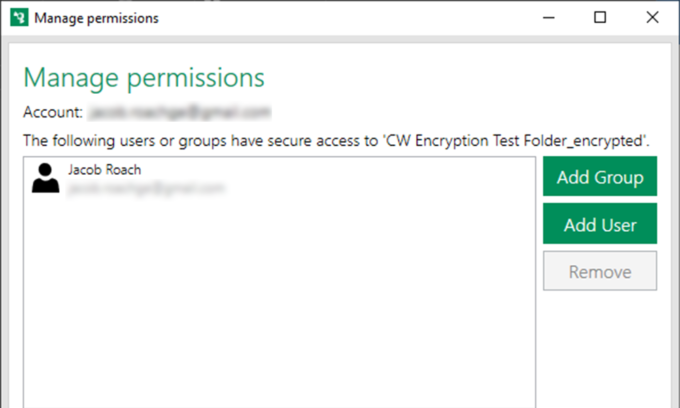


Dropbox offers no such capability, and while some users have used extra software like TrueCrypt to add an extra layer of security to files uploaded to Dropbox, the company doesn’t officially support this solution-since, obviously, using TrueCrypt would also prevent easy file sharing and the use of the Dropbox Web client. But the upside is that you’re absolutely guaranteed security and privacy, a must for individuals and businesses that deal with sensitive data. The downside of this scheme is that your data is unrecoverable if you forget your password. This key can itself only be decrypted with the user’s password, which SpiderOak never knows. Both Dropbox and SpiderOak encrypt user data on their servers using 256-bit AES encryption, but SpiderOak takes the extra step of encrypting the decryption key itself. SpiderOak, on the other hand, tells users up front that it never knows a user’s password or encryption keys, preventing anyone at the company from accessing your data for any reason.

Dropbox employees can get file-level access to your data when they deem it necessary (for example, when complying with a request from law enforcement). The chief difference between SpiderOak and its competitors for the security and privacy-conscious is in how the services treat user data. But what would it take for DTP Sync to work via services similar to DropBox, but with some actual data security? For those users that care about such things.Ī/business/2012/04 … obsessive/


 0 kommentar(er)
0 kommentar(er)
